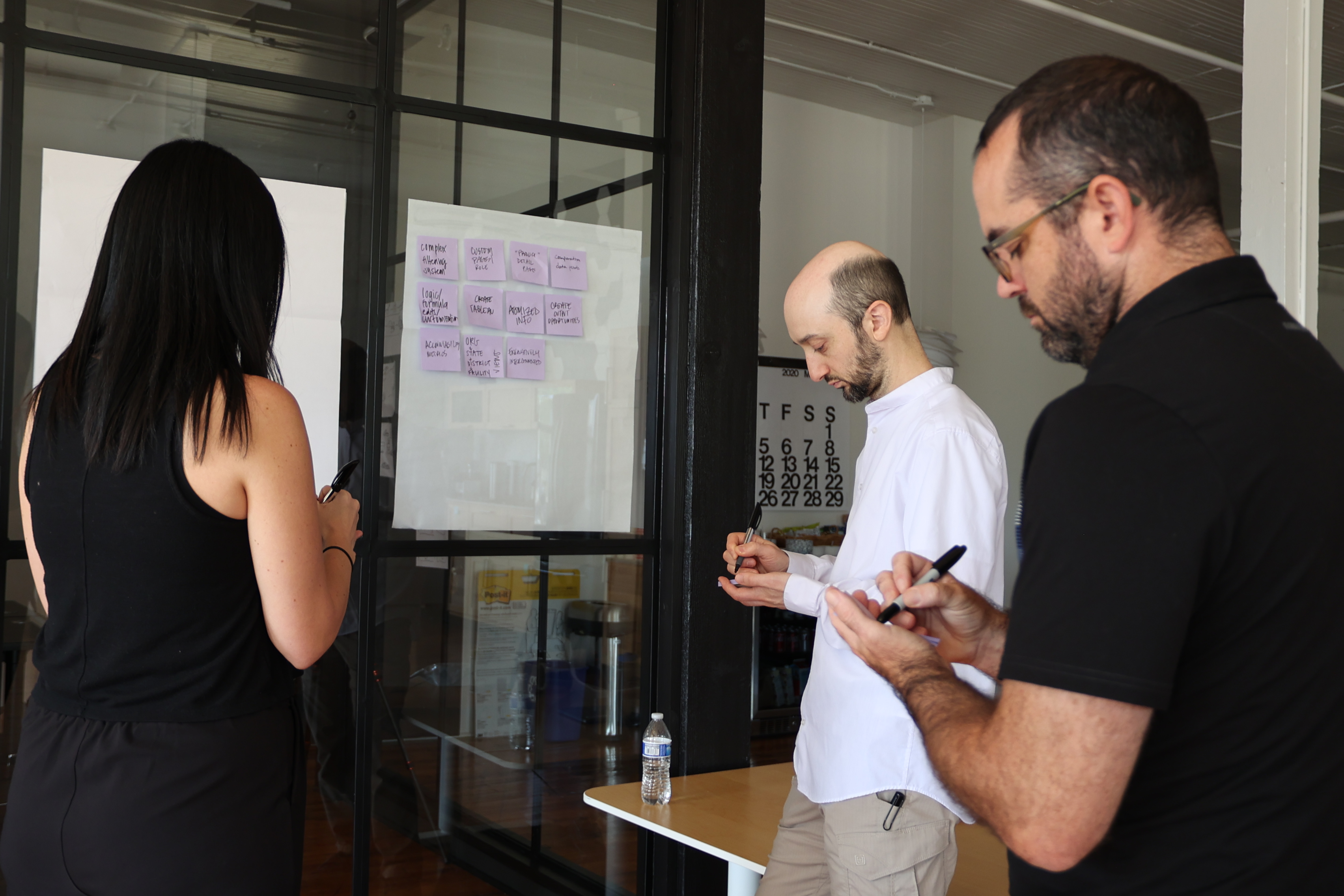How Custom Software Boiled a 12-Hour Process Down to 15 Minutes
Background
Lockton Companies is the world’s largest, privately-held insurance brokerage firm. Headquartered in Kansas City, Missouri, Lockton provides insurance, risk management, employee benefits and retirement services to their clients around the globe.
Across the organization, Lockton ships tens of thousands of unique documents every year. This requires a team of 40+ designers, each working with individual account managers and their respective clients, to create standard and bespoke documents to accompany those proposals using Adobe InDesign. Manual workflows underpin this process, which adds high-touch customization to each document, but drives down the efficiency and collective impact of the teams.
Creating and editing tens of thousands of documents per year under the existing model was not sustainable for the organization, so a search began to identify alternative solutions. In 2018, Lockton set out to identify a way to unlock the business efficiency and creative potential of their team. Custom software would allow designers, account managers, and other roles on the team to focus on more meaningful contributions to the sales and client retention process. More time leads to more creativity, which brings more value to clients.
Opportunities for custom software development
Lockton first contacted Typefi, a global leader in single-source automated publishing software that enables teams to publish richly-formatted, brand-compliant documents fast.
Initially, the Typefi Writer add-in for Microsoft Word was identified as a potential solution for authors to prepare content for automation. This revealed constraints and validated the need for an all-in-one document and design software solution. A strategic direction was then set to build a custom web-based application that would deliver a more suitable frontend UI to Typefi’s automated composition platform.
As a result of this decision, Typefi then began creating InDesign templates needed to run jobs on the server, and Lockton went on the hunt for a front-end technology partner to build the custom interface that their employees would interact with. Enter: Crema.












